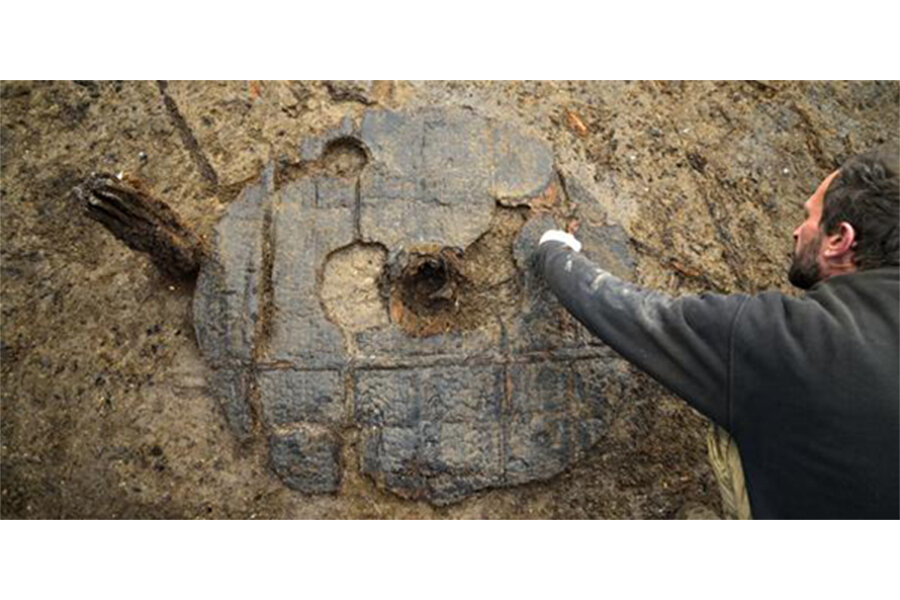What this 3,000-year-old wheel tells us about Britain's 'Pompeii'
The site known as “Britain’s Pompeii” just keeps yielding more finds.
Archeologists working at Must Farm in Peterborough, Britain, recently discovered a 3,000-year-old wheel that has been completely preserved. It is the first and largest example of its kind to be discovered on the isle. The wheel’s completeness and relative size will likley shift views about how people may have travelled during the Bronze Age, especially since it was found at a site located near a river.
“This remarkable but fragile wooden wheel is the earliest complete example ever found in Britain," said Duncan Wilson, chief executive of Historic England, in a press release announcing the discovery. "The existence of this wheel expands our understanding of Late Bronze Age technology and the level of sophistication of the lives of people living on the edge of the Fens 3,000 years ago.”
Must Farm has been dubbed “Britain’s Pompeii” because, like Pompeii in Italy, it is remarkably well-preserved from a fire that occurred at the site approximately three thousand years ago. The site contains some of the best-preserved historical evidence about Bronze-Age Britain. It was first discovered in 2006 and is now the subject of a £1.1 million (approximately $1.5 million) excavation project, which has unearthed wooden houses, bowls, and tools.
Archeologists date the wheel, which still contains its hub, from around 1,100 to 800 BC. It was found near one of the largest roundhouses that has been uncovered at the site.
Must Farm’s excavation director, Mark Knight, says that this find will continue to help shape an understanding of what life was like at the site during the Bronze Age.
“This was a settlement built on a river that exploited dry land,” he told The Telegraph. “The wheel is perfect, beautifully made in panels and stitched together. It was probably part of a chariot or a cart and, alongside the other discoveries, illustrates that this was a complex community that exchanged goods, created wealth and was thriving.”






